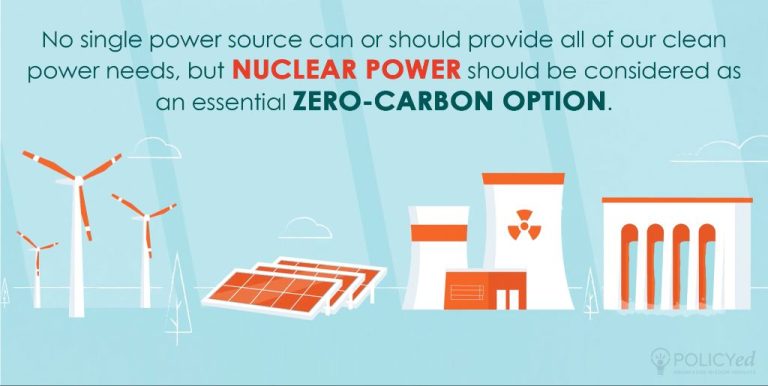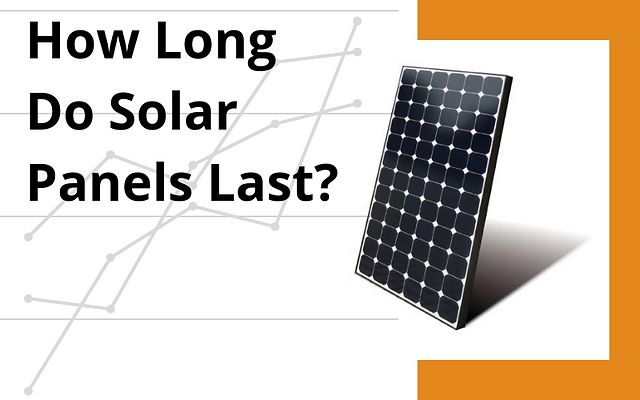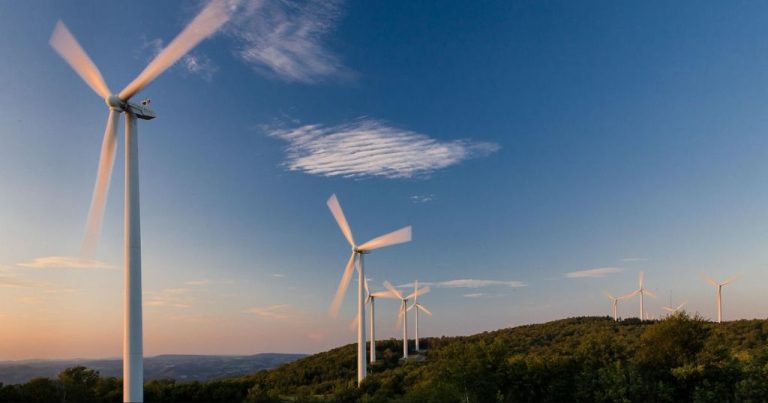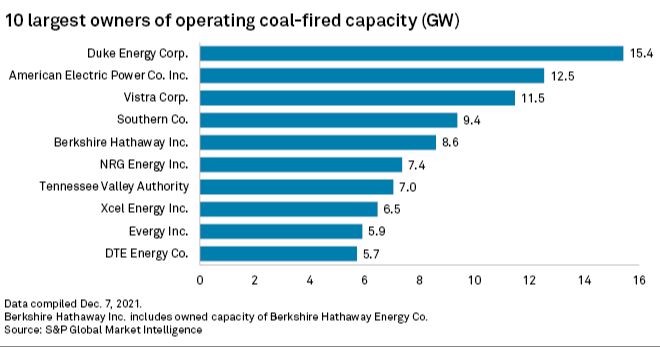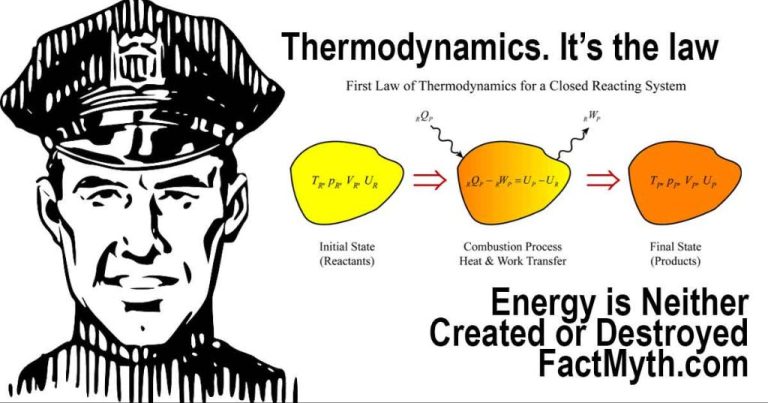How Often Should Solar Panels Be Cleaned?
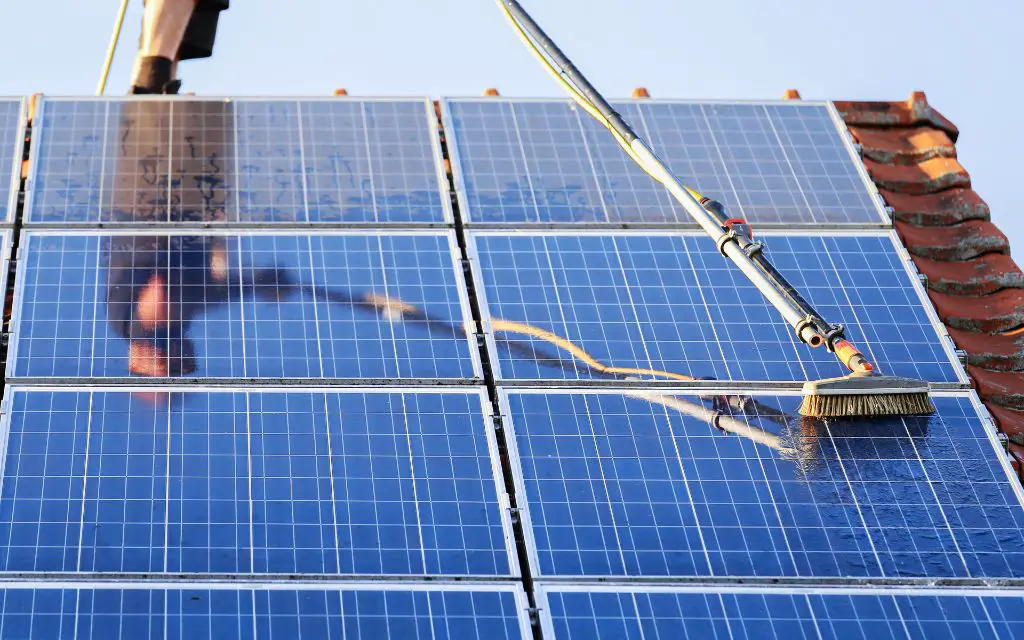
Keeping solar panels clean is an important part of maintaining and maximizing their efficiency. Dirt, dust, pollen, bird droppings, and other debris can accumulate on the panels, blocking sunlight from reaching the cells and reducing energy production. According to one source, dirty solar panels can lose up to 25% of their efficiency. Regular cleaning helps panels operate at peak performance.
This article will cover everything related to cleaning solar panels. We’ll discuss how often panels should ideally be cleaned, signs that your panels need cleaning, different cleaning methods and tools, safety considerations, hiring professionals, and other solar panel maintenance tips. By the end, you’ll understand the benefits of regular solar panel cleaning and have the information needed to keep your system operating efficiently.
How Solar Panels Get Dirty
Solar panels can get dirty from various environmental factors over time. Dust, pollen, and pollution particles in the air can gradually settle on the panels, reducing their ability to absorb sunlight (1). Bird droppings are another common culprit, especially for solar panels installed on rooftops. As birds perch on roofs and panels, their droppings can coat the panels (2).
Other natural materials like tree sap, leaves, and branches can also lead to dirty solar panels. Panels near trees are prone to getting covered by falling leaves and sap dripping from branches. During storms, twigs and branches may also land on panels. These debris block sunlight from reaching the full surface of panels (3).
(1) https://news.mit.edu/2022/solar-panels-dust-magnets-0311
(2) https://www.pressdemocrat.com/article/news/dirty-solar-panels-heres-why-you-dont-have-to-worry-about-it/
(3) https://www.solar-panel-cleaners.com/why-clean-solar-panels/
Ideal Cleaning Frequency
Most experts recommend cleaning solar panels every 1-3 months. The ideal frequency depends on the climate and environment where the solar panels are located.
Solar panels in dustier or more pollen-prone environments may need more frequent cleaning, such as every 4-6 weeks. Panels in rainy climates may require less frequent cleaning. Frequent rain can naturally wash away some surface debris.
According to one source, “An annual clean up is usually enough for most homeowners, though it’s recommended to inspect panels at least twice per year.” [1]
Overall, a good rule of thumb is to check on your solar panels every 1-3 months and clean whenever a visible layer of dirt, dust, pollen, etc. has accumulated.
Signs Your Solar Panels Need Cleaning
There are a few key signs that indicate it’s time to clean your solar panels. The most obvious is visible buildup of dirt, dust, pollen, bird droppings, and other debris on the panels. If you can see pronounced buildup and soiling from ground level, it’s definitely time for a cleaning (Judy Jiang, https://www.linkedin.com/pulse/warning-signs-you-need-clean-judy-jiang). Thick layers of debris block sunlight from reaching the panels, reducing energy production.
A drop in energy production is another telltale sign cleaning is needed. Most solar panel systems have monitoring software that tracks daily energy output. If you notice production is down significantly from usual levels on sunny days, dirty panels could be the culprit. Aim to clean them and restore production to expected levels (Palmetto, https://palmetto.com/learning-center/blog/solar-panel-cleaning-what-homeowners-should-know).
Cleaning Methods
There are a few recommended methods for safely and effectively cleaning solar panels without causing any damage:
A soft brush, like a push broom with soft natural bristles, can gently sweep away loose dirt and debris. You can also use a microfiber cloth dampened with water and a small amount of mild, non-abrasive soap to lightly wipe down the panels. Take care not to scrub too hard as this could scratch the surface. Rinse the panels with clean water and use a squeegee or soft cloth to remove any soap residue.
For panels mounted on an angled roof, a low-pressure garden hose can be used to spray the surface while staying on the ground. Start from the top and work down methodically. Avoid high-pressure streams that could damage the panels.
Specialized solar panel cleaning tools like PoleBrushes are designed to clean from the ground by attaching a soft brush to an extendable pole. This allows you to reach the entire solar array safely.
The key is to use only soft, non-abrasive materials and avoid anything that could scratch the glass when cleaning solar panels.
Safety Tips
When cleaning solar panels, it’s important to take proper safety precautions. According to RST Clean Tech, you should follow these basic safety tips:
– Turn off system power before cleaning. Shutting off the power ensures you don’t get shocked while cleaning the panels.
– Don’t use abrasive materials. Avoid using rough sponges, brushes, or abrasive chemicals that could scratch the glass surface of the panels.
– Don’t step on panels. Standing on solar panels could cause them to crack or break. Use a ladder or pole cleaner instead.
Taking simple precautions like these can help you clean your solar panels safely and avoid potential hazards.
Hiring a Professional
There are pros and cons to consider when deciding between DIY cleaning vs. hiring a professional solar panel cleaning service. The main benefits of hiring professionals include:
- Professionals have the proper equipment and expertise to safely and effectively clean solar panels, especially for multi-story rooftop installs.
- You avoid the hassle and risk of cleaning panels yourself.
- Thorough cleanings by professionals can help maximize solar panel productivity.
The downsides of professional cleaning include:
- Costs, with professional solar panel cleaning services ranging from $150 to $500 on average for a typical home, according to HomeGuide.
- Scheduling and availability, as you have to book professionals in advance.
When deciding, weigh factors like your solar array size, roof pitch/height, and comfort level with DIY work. Multi-story installs usually warrant hiring professionals. Get quotes from at least 3 services before choosing. Inquire about their experience, equipment, and coverage for any damage.
Other Maintenance
In addition to cleaning solar panels, there are other maintenance tasks that should be performed regularly to keep a solar energy system functioning efficiently. Some key maintenance checks include:
Inspect all electrical connections and wiring for damage or corrosion. Loose connections can cause power losses, while corrosion can eventually cause shorts or equipment failures. Tighten any loose wiring connections and repair or replace any corroded wires. Be sure to turn off the solar system before doing any electrical work for safety. One source recommends inspecting wiring annually (URL).
Trim any trees or vegetation that may be overhanging the solar panels. Even minor shading on a panel can drastically reduce power output. Keep trees and plants well clear of the panels so they have full sun exposure throughout the day. This may need to be done several times per year depending on the growth rate of nearby trees and plants.
Check the inverter, charge controller, and batteries that are part of the solar system. Make sure fans and vents on these components are clear of debris and functioning properly. Check battery terminals for corrosion and clean if needed. Check liquid electrolyte levels in flooded lead-acid batteries and refill with distilled water as needed. Test that the inverter and charge controller are properly communicating with the solar panels and batteries. Diagnose and repair any faults immediately.
Maximizing Solar Panel Lifespan
One of the keys to maximizing the lifespan of your solar panels is regular cleaning. Dirt, dust, pollen, and other debris that accumulates on the panels can reduce their efficiency. According to Solar Sam, regular cleaning (at least once a year) will help keep your solar panels operating at peak efficiency. You can either clean the panels yourself or hire a professional solar panel cleaning service.
In addition to regular cleaning, here are some other tips for maximizing the lifespan of your solar panels:
- Inspect the panels and connections for damage or wear at least twice a year. Look for cracks, loose wires, corrosion, etc. and repair any issues immediately.
- Trim any overhanging tree branches that may shade the solar panels. Even partial shading can reduce output.
- Use microinverters instead of a central inverter. Microinverters at each panel prevent the whole system from going down if one panel fails.
- Install panels at the optimum tilt angle based on your latitude to maximize sun exposure and output.
- Keep detailed maintenance records in case you need to make a warranty claim down the road.
Following these best practices will help ensure your solar panels continue performing optimally for decades. According to CNET, reputable solar installers should offer warranties of 25 years or longer, with solar panels designed to last well beyond that when properly maintained.
Conclusion
To summarize, solar panels should ideally be cleaned once every few months to maintain optimal efficiency. The frequency depends on environmental factors unique to each home. Signs like decreased energy production, visible dirt or stains, or shading indicate a cleaning is needed. Use soft brushes, water, and mild soap to safely clean panels yourself or hire a professional for more thorough maintenance. With proper care, solar panels can function for decades.
By keeping your solar panels clean, you’ll maximize power generation and return on your investment in renewable energy. Consider developing a regular maintenance schedule based on your climate and conditions. With some basic safety precautions, cleaning solar panels is a straightforward task anyone can handle. Give your panels the occasional scrub to keep your green energy source running efficiently.

